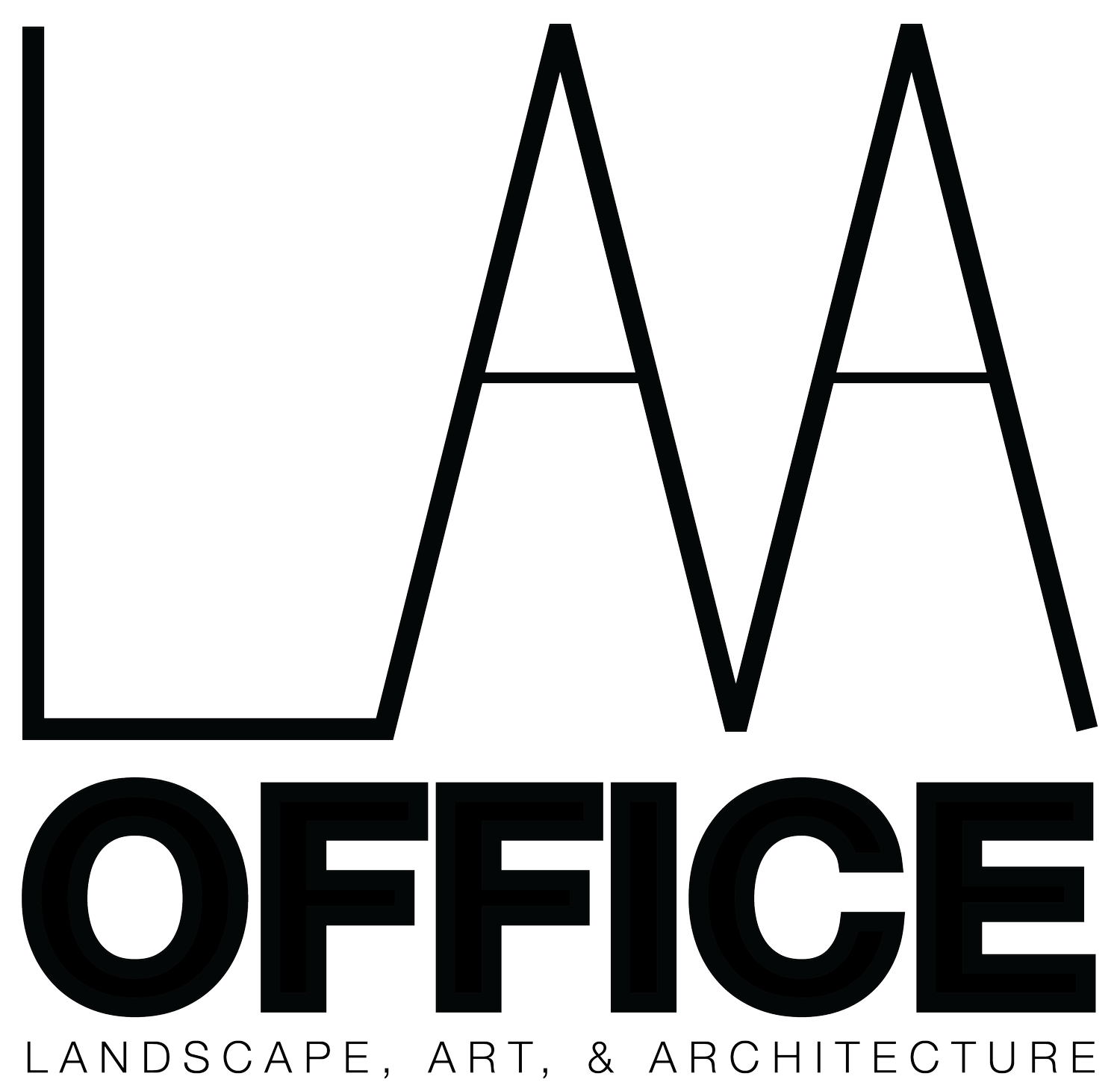River Deep Mountain High
“The West of which I speak is but another name for the Wild.” (Henry David Thoreau)
Every American is the inadvertent heir to a particular view of occupying wilderness. It stems from that early vision of manifest destiny put forward by the founding fathers from the Louisiana Purchase to the Monroe Doctrine. Our expansion towards an unspoiled frontier would eventually be elevated to mythic status by the lives of Daniel Boone and Davy Crockett, rationalized by writers like Emerson and Thoreau, and re-injected into America’s body politic at the beginning of the 20th century by Teddy Roosevelt. While the scale of the West has always inspired awe (fig. 1), our path toward civilization would eventually forge a paradox. Two views – one of passive reciprocity and the other of active domination – historically prevailed, creating a rift in our domestic identity. It would be another century before architecture would make a serious attempt at translating this tension into built form.
No two individuals have polarized the idea of wilderness in the U.S. more profoundly than Henry David Thoreau and Teddy Roosevelt. Though their convictions fundamentally differ, their views on nature both engender significant spatial qualities. Thoreau’s Concord, like so many burgeoning American towns, offered an alluring proximity to undeveloped countryside. This was where he lived “a sort of border life,” making only “occasional and transient forays” into the wild. While nature required a certain level of physical commitment, for Thoreau, being outdoors naturally evolved into a form of mental abstraction. “I am alarmed,” he once wrote, “when it happens that I have walked a mile into the woods bodily, without getting there in spirit.”
More at San Rocco.
